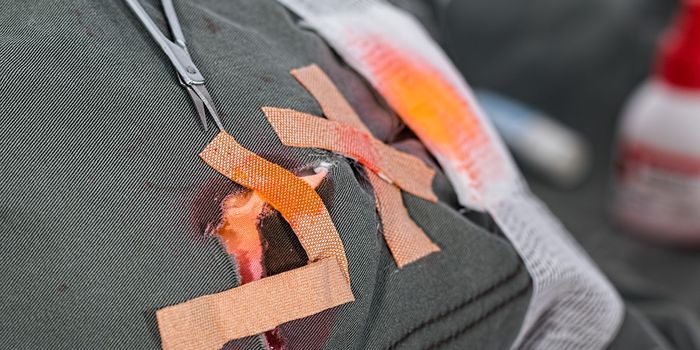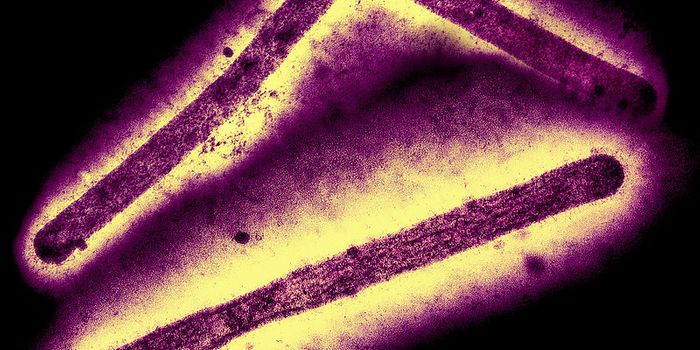Vaccine Found to Target Multiple Strains
Vaccines have revolutionized the way we preemptively protect against disease. The concept of vaccination was first demonstrated by Dr. Edward Jenner in the 19th century who found that exposing an individual to cowpox, an attenuated version of smallpox, protected individuals when infected with the live smallpox virus. Throughout history the development of vaccines has progressed. Consequently, the World Health Organization (WHO) in 1980 declared the world free of smallpox. We now have annual vaccinations to protect us from different strains of the flu. We also are given vaccinations after birth to protect us from viruses, such as polio.
Vaccines can be made with different molecules to elicit stronger or more transient effects. However, the idea is the same: provide an attenuated form of the virus to patients in which their immune systems will acclimate and be prepared to defend for future infections. One structure of vaccine using ribonucleic acid interference (RNAi) technology, in which RNA molecules inhibit gene expression to neutralize mRNA molecules. This effectively stops proteins from being made and prevents the virus from spreading. Scientists at UC Riverside demonstrated that an RNAi vaccine can provide effective immunity against almost any strain of virus. These findings provide major implications in the way we treat infections in the future.
The recent study published in the Proceedings of the National Academy of Science (PNAS), by Dr. Rong Hai demonstrate that this RNA-based vaccine can effectively treat any virus strain and be safely given to infants and those immunocompromised. Hai is Associate Professor of Virology at UC Riverside and focuses on the molecular characterization of RNA viruses and how to effectively treat them. His work combines molecular, biochemical, and imaging techniques to understand how viruses replicate and spread throughout the body.
Each year scientists try to predict which virus strain will be prevalent and generate a vaccine for it. However, this process is not completely effective and sometimes the strain predicated is not the most common that year. However, this new vaccine has the potential to eliminate the process of predicting the most contagious strain altogether. In this case, the RNAi vaccine is broad and non-specific. It has the ability to target multiple strains. It is also extremely safe for most of the population. Similar to other vaccines, this one has an attenuated version of a virus in which the body will recognize and generate an immune response. However, the vaccine does not rely on this traditional response. Instead, it will be dependent on RNA molecules.
In addition to the immune system, individuals also generate interfering RNA molecules in response to infection. The RNAi knock down the virus. This is why the vaccine can be given to infants and immunocompromised individuals. Normally, viruses block RNAi, but by mutating the virus in the vaccine, researchers can boost the activity of RNAi. Consequently, when the body comes in contact with a virus in the future, it will be able to overcome the infection. To demonstrate this idea, researchers gave this vaccine to mice lacking necessary immune cells (T- and B-cells) to fight off viral infections. After one vaccination the mice were adequately protected from an unmodified virus.
The development of a new RNAi vaccine provides superior protection for not only adults, but infants and those immunocompromised. While this vaccine still needs to go through clinical trials, it is a promising treatment that has the potential to protect humans from a wide range of diseases. Overall, this could significantly improve survival outcomes against viral infections and could possibly be applied to other diseases, such as cancer.








